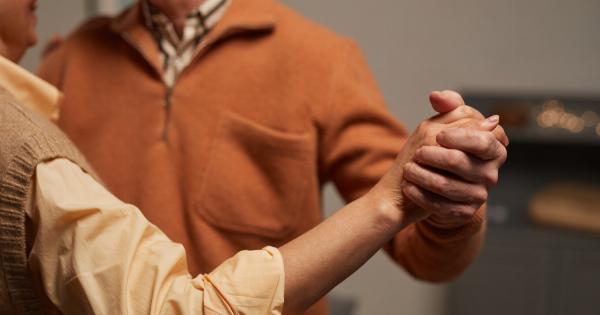Ageing is an inevitable natural process that affects everyone. As we age, we start to experience physical, mental, and emotional changes that can affect our overall health and wellbeing.
Some signs of ageing, such as wrinkles, grey hair, and age spots, are visible on the outside, while others are hidden within our bodies, such as changes in our memory and cognitive function.
While ageing is a natural part of life, some people may experience premature ageing due to various factors such as lifestyle, stress, and genetics.
Premature ageing can lead to a wide range of health problems, including heart disease, diabetes, and cancer. Therefore, finding ways to slow down or even reverse the signs of ageing has become a popular topic in the health and wellness industry.
Dance to Slow Down Ageing
Dancing has long been known as a fun and enjoyable form of exercise. However, research now shows that dance can also slow down the signs of ageing by engaging the brain.
Dancing involves a combination of physical movements, cognitive processes, and emotional expression that can improve brain function and promote neuroplasticity, the brain’s ability to adapt and change.
Scientists have found that regular dance practice can help slow down age-related cognitive decline, improve memory, and enhance mental flexibility.
A study published in the New England Journal of Medicine found that dancing can reduce the risk of developing dementia by 76%. Another study published in Frontiers in Aging Neuroscience found that dancing can improve balance, coordination, and mobility, leading to a reduced risk of falls in older adults.
Furthermore, dancing is a great way to combat stress and anxiety, which are common factors that contribute to premature ageing.
Dancing can help reduce cortisol levels, the hormone associated with stress, and increase the release of endorphins, the feel-good chemicals that improve mood and promote relaxation.
The Fountain of Youth: How Dance Helps Erase Signs of Ageing
So how exactly does dance help erase signs of ageing? Here are some ways:.
Engages the Whole Brain
Dancing engages various areas of the brain, including the frontal, parietal, and temporal regions. These areas are responsible for cognitive processes such as attention, memory, and perception.
Dancing requires split-second decisions, multi-tasking, and quick thinking, which can help strengthen the connections between these brain regions.
Promotes Neuroplasticity
Neuroplasticity is the brain’s ability to adapt and change in response to new experiences. Dancing requires learning new movements, sequences, and styles, which can help promote neuroplasticity.
Improving neural connections can enhance brain function and promote a healthier brain throughout your life.
Boosts Brain-Derived Neurotrophic Factor (BDNF)
Brain-Derived Neurotrophic Factor (BDNF) is a protein that promotes the growth and survival of brain cells. High levels of BDNF have been linked to improved cognitive function and reduced risk of neurodegenerative diseases such as Alzheimer’s.
Dancing has been shown to increase BDNF levels in the brain, which may help slow down age-related cognitive decline.
Improves Balance and Coordination
As we age, our balance and coordination can be compromised, leading to an increased risk of falls and fractures. Dancing involves complex movements that require balance and coordination, which can help improve these skills.
A study published in the Journal of Aging and Physical Activity found that dancing can improve balance and reduce the risk of falls in older adults.
Reduces Stress and Anxiety
Stress and anxiety can have detrimental effects on both physical and mental health, contributing to premature ageing.
Dancing can help combat stress and anxiety by promoting relaxation, reducing cortisol levels, and releasing endorphins, the feel-good chemicals that improve mood.
Enhances Social Interaction
Social interaction and connection are essential for a healthy ageing process. Dancing is a social activity that encourages interaction and communication with others.
Joining a dance class or group can provide opportunities to meet new people, make friends, and improve social skills.
Improves Mood and Emotional Well-Being
Ageing can be accompanied by mood changes and emotional challenges. Dancing can help improve mood and emotional well-being by promoting the release of endorphins and reducing stress and anxiety.
Dancing can also provide an outlet for self-expression and creativity, leading to a greater sense of fulfillment and happiness.
Conclusion: Age is Just a Number
Ageing is a natural process that affects everyone. However, the signs of ageing can be slowed down and even erased by engaging in regular dance practice.
Dancing can improve brain function, promote neuroplasticity, reduce stress and anxiety, improve balance and coordination, enhance social interaction, and improve mood and emotional well-being.
By unlocking the fountain of youth through dance, you can maintain a healthy and happy life throughout your golden years. Age is just a number, after all.






























